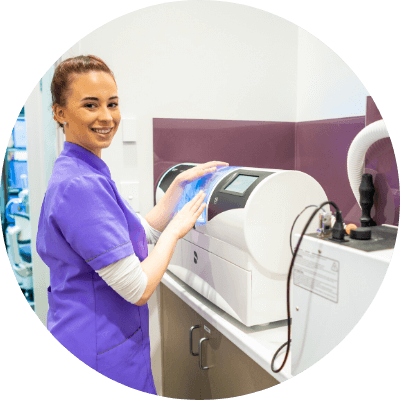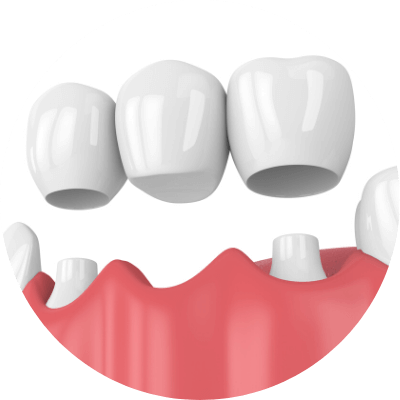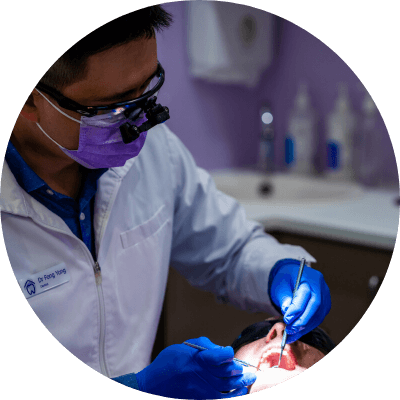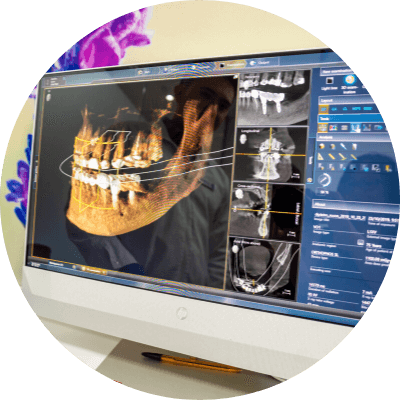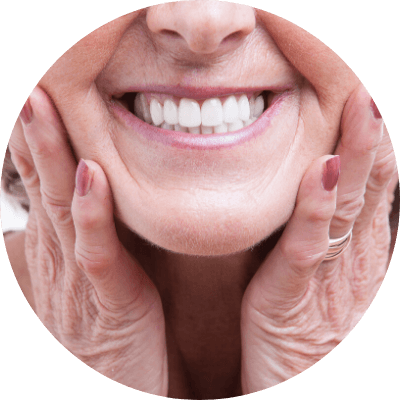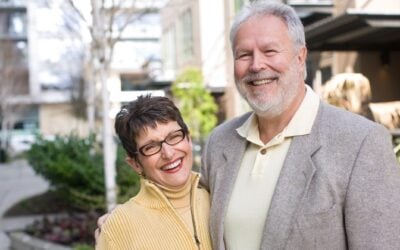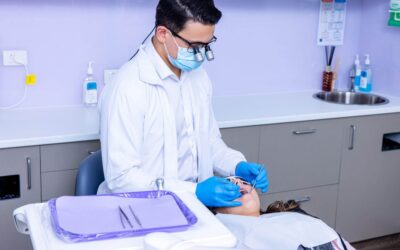Teeth Replacement: It’s Now Dinner Conversation Approved
Teeth Replacement: It’s Now Dinner Conversation Approved
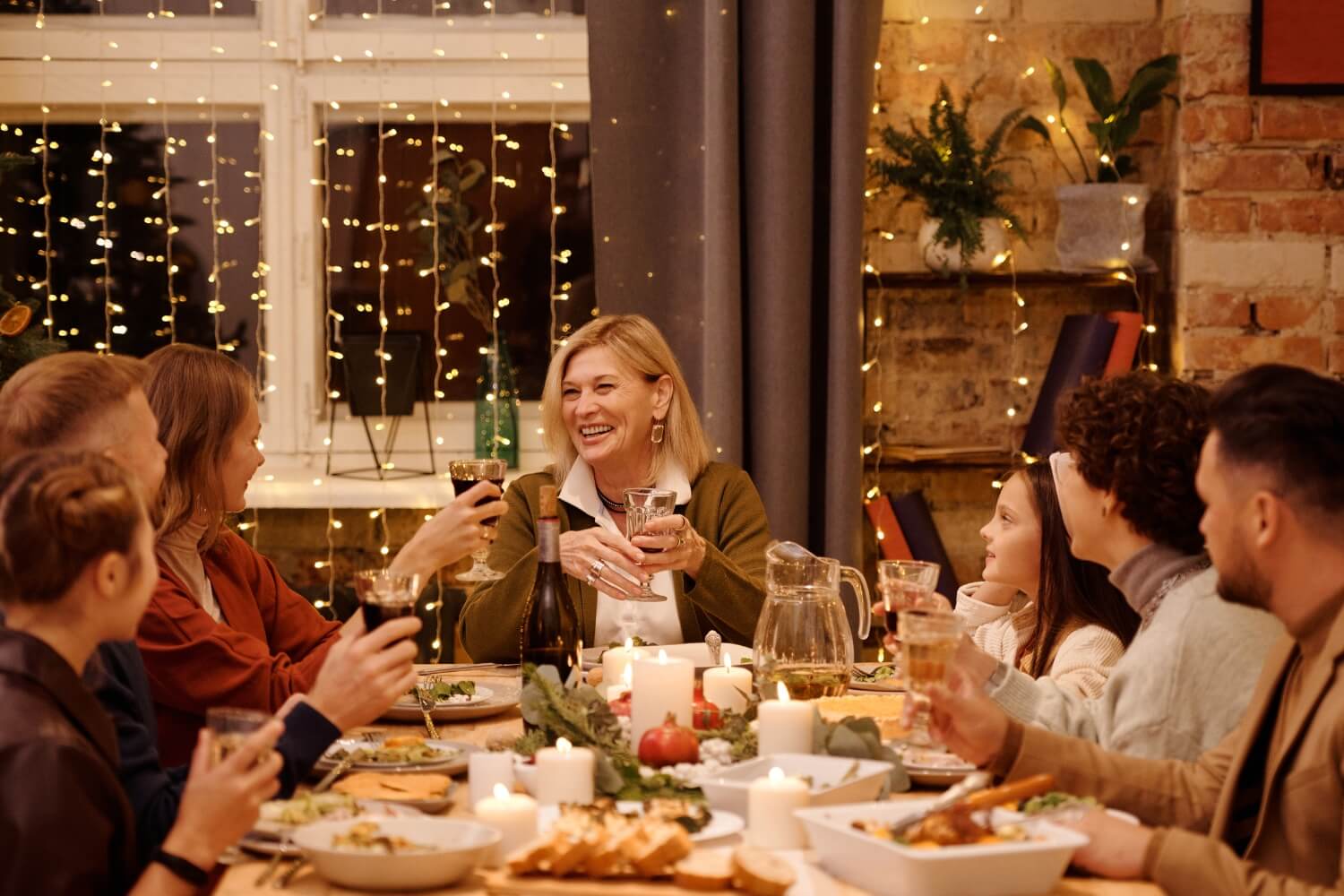
It was the late Barbara Walters who once said, “I can get a better grasp of what is going on in the world from one good Washington dinner party than from all the background information NBC piles on my desk.”
There used to be a certain discipline brandished by a dining table.
At the same time every evening came that particular yet imprecise expectation. Maybe about the meal, or the hopeful surprise of dessert; with any chance of some possible announcement of family news involving a lottery win and a plane trip. However it was, there was always at least a morsel of intrigue. Sibling rivalry, family jokes.
The fabric of life atop a tablecloth.
Ironically the decline in family dining began in the 1980s when dinner parties with themes and cuisines and classy table settings were as entrenched in a weekend as Hey Hey It’s Saturday.
At this point nobody was really eating at their computer yet (food spills could mean money), and although standing in the kitchen, or eating in front of the tv were far from uncommon, everyone still had a dining table.
Some were even danced upon.
Grazing all day wasn’t yet something people really did; sushi was still new. It wasn’t really until the 1990s that breakfast became desk-bound when offices had toasters and sandwich makers and installing a Nespresso Professional marked Big Time status for both staff and clientele. It was probably also a marker for more and more high-consumption foods being preprepared in single-use landfill containers, consumed with only one piece of cutlery and one piece of crockery.
Then we decided we don’t even need the crockery.
What’s the point of a dining table when there is no dining?
There’s eating, but no dining. A microwaved meal in its own ready-meal, open-the-bin plate doesn’t count. Anything easily consumed with bamboo cutlery doesn’t count.
Nor does it if it can be eaten from your lap. That for many, dinner is consumed near, on or in a bed is a situation that at one time was acceptable only if you were ill.
The dining table had a point and we lost it.
When we cleared it out after the fondue sets and the tablecloths in the good cupboard a string was caught and the fabric of life seems to slowly unravel. Every table never set, stringy tea towel never saturated, decent thought or feeling never aired extinguishes the probability of an eruption of breath-stopping laughter.
The quantum losses in losing the art of everyday shared dining at home.
When paper towels replaced napkins microwave meal misery began. Utility ultra-foods for profit not palatability are certainly not cooked with health and soul in mind.
Until about the 1980s, part of the way kids’ peers and community kept them in line was the learned, and the implicit etiquette of being at the table. Socio-economic standing was always outshone by good table manners. That was the equaliser; how you broke bread, not how your family made it. Confidence began with knowing each utensil, how to use it and what to do with it both in and out of your hand. Always working cutlery from the outside in, with no-one leaving the table without permission, and being there until everyone was done.
Without all those things, eating is perfunctory more than pleasurable when it is in fact food is a basic pleasure of life.
So much so that thirty years ago American author Gary Chapman, PhD claimed food as a “language of love.”
If that’s the case there doesn’t appear to be a whole lotta love going on.
Not for self, pal or planet when it’s food only – without conversation – passing our lips over the time that we eat. If food is love, it looks a lot like we’re walkin’ out the door and driving into the big blue yonder, ankle-deep in Macca’s wrappers and empty packs of Allen’s Snakes Alive.
The signs were there. We’d already been loading the fork for a while and with far too few chews, mindlessly mushing it into ourselves, staring at a screen.
Inevitably eating far too much, or way too little because the enjoyment of food noticeably alters when we’re eating it alone.
It’s a contemporary culture dismissal, this ditching of the dining table. It doubles down for the solitary diner at home without the ritual of even setting the table. When you’re not cooking from scratch and nobody else is there, why bother? It’s an erosion that eventually narrows our food journey to a well-worn track where shopping is for sustenance not sentience, budget not badinage.
When we dare to enjoy food alone, is it merely the freedom to devour a whole tub of ice cream, an entire chocolate bar, all the dessert and far more wine than you would if conversing? Are we really enjoying it? Or is it the fruitless indulgence of trying to fill a hole sitting somewhere right under our solar plexus.

Universally, the kitchen has always been considered the heart of the home. Where nutrition and nurturing happen and doing the dishes was fought over. A few decades ago takeaway was usually only once a week: a Friday night fish ‘n chips; maybe a Sunday night hamburger from the local shop. Chinese on a Saturday meant taking your own crockery. No plethora of plastic containers then. If the restaurant did have its own food packaging, it was pressed aluminium foil with a thick cardboard laminated lid. Recyclability wasn’t even a thing – we’d just learned to pick up after ourselves with anti-littering campaigns.
Ironically it was a container more reusable than the plastics use now; of which 90% ends up as landfill, taking hundreds of years to break down.
Imagine. Before we’re even dead, millions of microplastic particles from too many self-contained containers will be lingering. Not just in place of the signature of a significant conversation, but even if it resounded within for the rest of our life, our automatic orgiastic pollution via microplastic will outlive that by centuries.
And while something is happening to the kitchen, something comparable is happening in the way we understand communication.
Kitchens are fast becoming less of a food preparation place. More a living space fusion of sofa, workstation and sleek and compact cooking. It’s about bench top bravado. The marvel of marble, the greatness of granite and the sustainability of stainless steel. Styled in nostalgia or nanotech with a trend-tweak of teal, the kitchen is now symbolic of what we yearn for and don’t have.
Despite the glossy marketing, the kitchen is devolving into a branding of status, and an ear-tag of identity.
Character Peggy Olsson of Mad Men said it well in her ‘Burger Chef’ pitch the morning after the televised 1969 moon landing: “I don’t know what was more miraculous – the technological achievement that put our species in a new perspective, or the fact that all of us were all doing the same thing at the same time… We can still feel the pleasure of that connection. Because I realise now, we were starved for it. That dinner table is your battle and your prize. And you’re starving. And not just for dinner. We can have the connection we’re hungry for.”
Comparable with this paradigm shift in kitchens and dining tables, is the 2017 research on how we neurologically and cognitively store and retrieve words. Psycholinguists acknowledge the unlikelihood of a representational dictionary living somewhere in our head.
What’s suggested is that the quantum physics concept of waves and particles having both duality and superposition is the framework of the human mental lexicon. Basically, because we can’t point to where the mind’s word depot is, it’s a perspective that moves away from the belief that the brain and mind hold representations of words.
Instead it theorises that words are particle-like entities. That they occur only as the result of conscious reflection and observation while in the act of language production and comprehension.
Quite a dinner conversation when it seems that the human lexical system doesn’t need to own words in order to use them. Like some kind of open-all-hours communication commune where everyone gets to use what’s there and you don’t need to take it home.
Unlike a single-serve dinner.
What Barbara Walters said about learning more and finding more by being at the table rather than her network desk is because sharing a table requires some trust.
We’re relaxed, we’re satiated, we’re solving and we’re story telling. We’re genial, we’re general, we’re glad to confess. As the dinner table alters, so do its rules. Avoiding discussing sex, religion and money no longer exists. Which hopefully means that all those particle-like entities qualifying and quantifying money, sex and religion have reached superposition state.
Mere decades ago, to talk about teeth at the table, let alone teeth replacement was definitely frowned upon.
Today, it’s these dinner conversations that have the people in need of this type of dental work form the basis of their decisions. When you’re eating with someone who is glad to have chosen implants rather than dentures you can see why. You can ask about the advantages they personally found in having an All On 4 Plus®. The things that went well, the things that could have been better. Why someone found bridgework a better decision. What made periodontal treatment gained for them.
It’s the experiencing of an exchange of particles not viewed on a screen and no plate for the bin in your lap.
We’ve swapped dinner conversation for paid subscriptions. We’ve exchanged home cooking for convenience food that’s rather inconveniently more like a prescription than a meal.
That the topic of teeth replacement has replaced topics without teeth, suggests that the dinner conversation isn’t dead, just temporarily wordless.
And as Ann Landers so beautifully said, “Blessed are those who can hold lively conversations with the helplessly mute, for they shall be called dentists.”
Call yours.
DISCLAIMER:
The content has been made available for informational and educational purposes only. New Gisborne Dental House does not make any representation or warranties with respect to the accuracy, applicability, fitness, or completeness of the content.
The content is not intended to be a substitute for professional personal diagnosis or treatment. Always seek the advice of your dentist or another qualified health provider with any questions you may have regarding a dental or medical condition. Never disregard professional advice or delay seeking it because of something you have read or seen on the Site.



